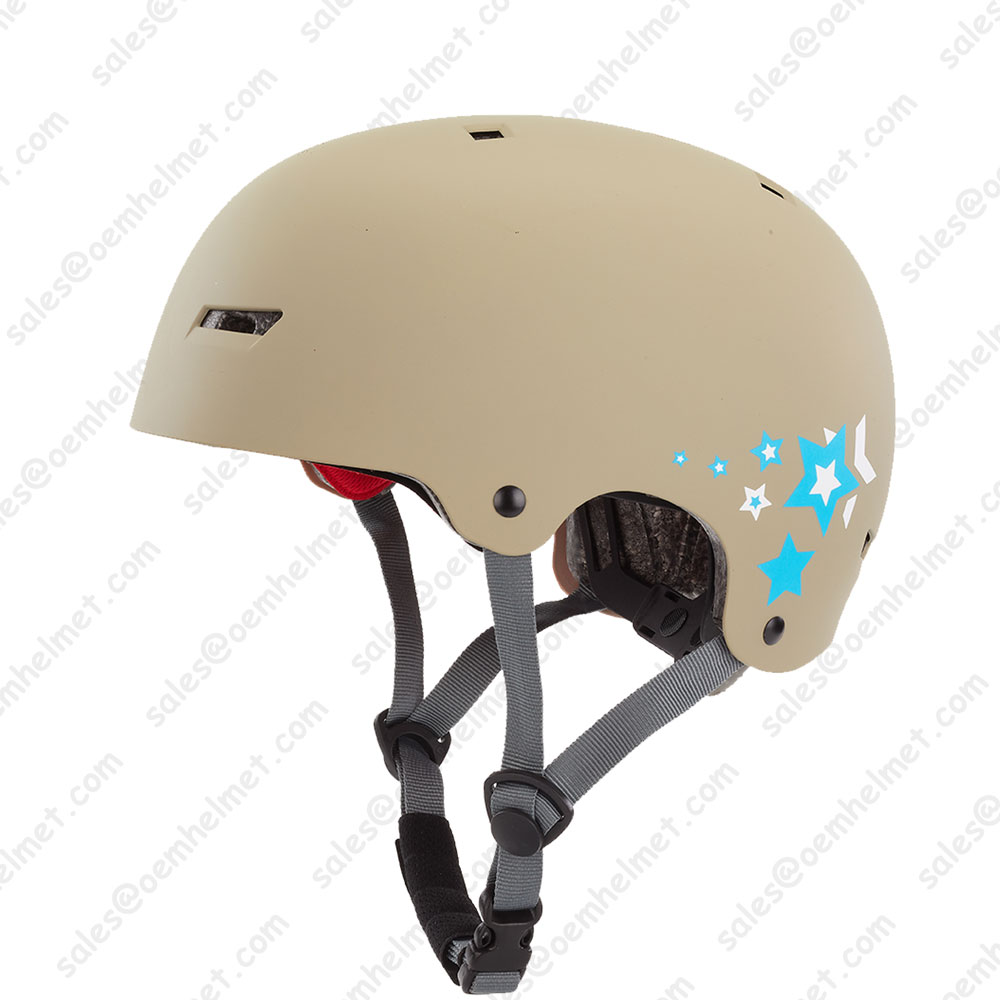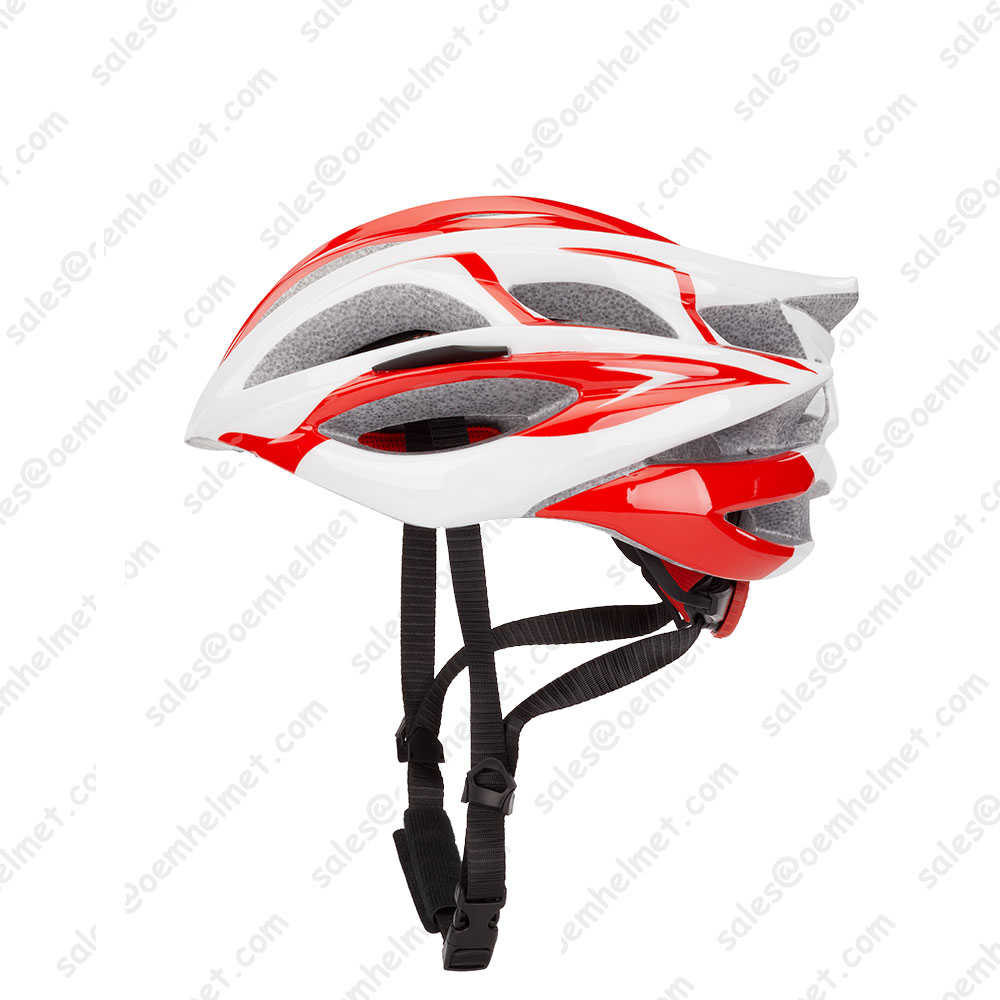ANVIL TESTING
Different Anvils for Different Accidents
While it’s impossible to replicate all of the items your head may come into contact with during a real-world crash, standards require that helmets be dropped upon a flat, steel anvil as well as variously-shaped, solid-steel anvils that simulate different types of crash scenarios and subject the helmet to more focused shocks.
Here are a few of the most common anvils:
Flat anvil: A flat, steel plate, this anvil replicates a head striking the ground.
Hemispheric (“hemi”) anvil: Shaped like a orange (4 inch diameter), the “hemi” focuses energy onto a small portion of the helmet shell.
Curbstone (or “hazard”) anvil: As the name suggests, this particular anvil is designed to mimic the rounded edge of a curb or guardrail.
Edge anvil: Used in hockey and speed-skating helmet tests, this anvil is used to replicate the business end of an ice skate.
Cylindrical anvil: Tests the helmet’s effectiveness when striking rounded metal objects such as a parking meter or sign post.
Source: http://www.helmetfacts.com/standards/anvil/
Source: http://www.helmetfacts.com/standards/anvil/







